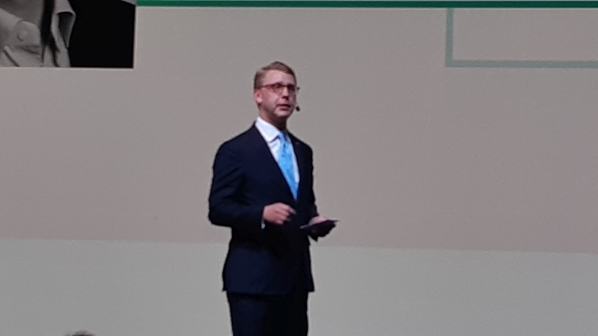“We have reduced costs and brought in new ideas,” Tamsons explained. “We have learnt a lot about punctuality from MTR. We reached 99% punctuality on the metro last month.” MTR operates both the metro and commuter rail network in Stockholm.
“We abandoned the old idea of one public transport authority running all the services in 1990,” says Tamsons. This was when Stockholm started to outsource services beginning with the buses. “Through public procurement we are introducing innovations but we are also very firm when it comes to our expectations for improving customer satisfaction,” Tamsons says.
Tamsons also outlined some of Stockholm’s achievements. Eight out of 10 peak hour trips are by public transport. All of our land public transport services run on renewable energy. By 2030 we want a total market share of 55% compared with 50% today, but it will be very difficult to achieve.
“In Barkarby we are one of the first cities trying autonomous buses,” Tamsons says. “We will then try to develop the operation to provide a door-to-door solution for public transport.
“Stockholm is adding 35,000-40,000 new inhabitants each year so we are investing in infrastructure, and rail and metro will be the backbone for public transport.” Work will start this year on two extensions to the metro Blue Line north to Barkarby and southeast to Nacka and the new Yellow Line from Odenplan north to Solna. These projects will be funded through Stockholm's congestion charge.

